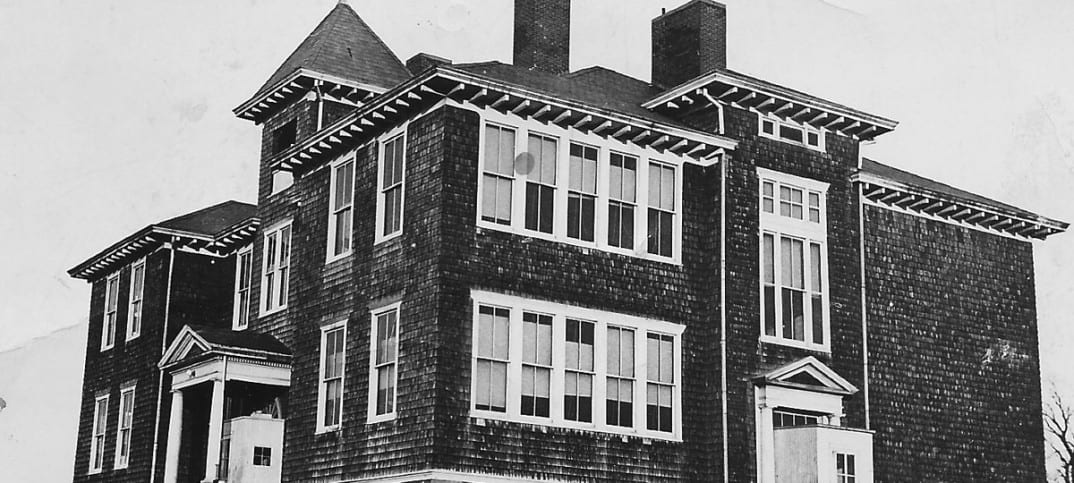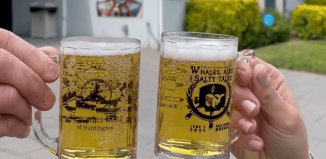By Beverly C. Tyler
My previous article, on March 17, detailed the story of the Setauket Christian Avenue African-American and Native-American settlement and the oral histories collected by Stony Brook University professor Glenda Dickerson and her Theater Arts crew for the 1988 play and exhibit at the fine Art Center. At the time, the Three Village Historical Society produced a journal of the play and the oral histories collected which is now available as a PDF file. In 2014, the society developed and installed a new exhibit that detailed the Setauket/East Setauket area where Native-Americans, African-Americans, German-Americans, Irish-Americans and a new group of Eastern European immigrants lived and worked between 1861 and the first three decades of the 20th century.
This new exhibit, Chicken Hill, a Community Lost to Time, is an exploration of the life of the native and immigrant population in the half-mile surrounding the present 1870 Setauket Methodist Church. In 1861, the Nunns and Clark brick piano factory was erected southwest of the then 1843 Methodist Chapel. Nunns hired mostly German immigrants. It went out of business in 1857. The building became the Long Island Rubber Company in 1876 and soon hired a work force of mostly African- American and Irish workers. By 1888, the majority of workers were Eastern European Jewish workers with a flavoring of Eastern European Catholic workers as well as all the previous ethnic groups.
One of the dozen or more oral histories in the exhibit is by Helen Strelecki Bubka, who grew up on Chicken Hill. “One of my fondest memories was how the boys, Hubbell and his brother Beeb, came to help me. There was a boy living in town and he was pestering me. … I was just a young teenager and I was frightened of him. I found out later that Beeb and Hubbell went and told him to leave me alone. That’s how close the relationships were with our friends on Chicken Hill. … We all got along so well together, black, white, Jewish, Polish, Russian, Lithuanian, it didn’t make a difference what nationality or color we were. If you needed help, you could depend on all your neighbors; one way or another, somebody would come through and pitch in and help. If somebody was ill, they would take food to them, they would try to help in so many different ways, it was such a close knit community, and I think that’s my fondest memory.”
Helen Strelecki was one of several children of Samuel and Sophie Strelecki. She was born and raised in Setauket on the family farm on South Jersey Avenue. Her Polish mother and Russian father emigrated from Europe. Helen attended the Setauket School, on the hill, just east of the Setauket fire house and the VFW log cabin building. Helen said, “Lunch times, we all ran home to get our lunch and run back to school quick so that we could, you know, play ball or something during the time.”
The Setauket Union Free School District No. 2 opened in 1911 and brought together students from the three schoolhouses in West Setauket, East Setauket and South Setauket. There are many stories that came from the students who attended the school until it closed in 1951. Many of these stories are detailed in the Chicken Hill exhibit.
Beverly Tyler is the Three Village Historical Society historian and author of books available from the Three Village Historical Society.







